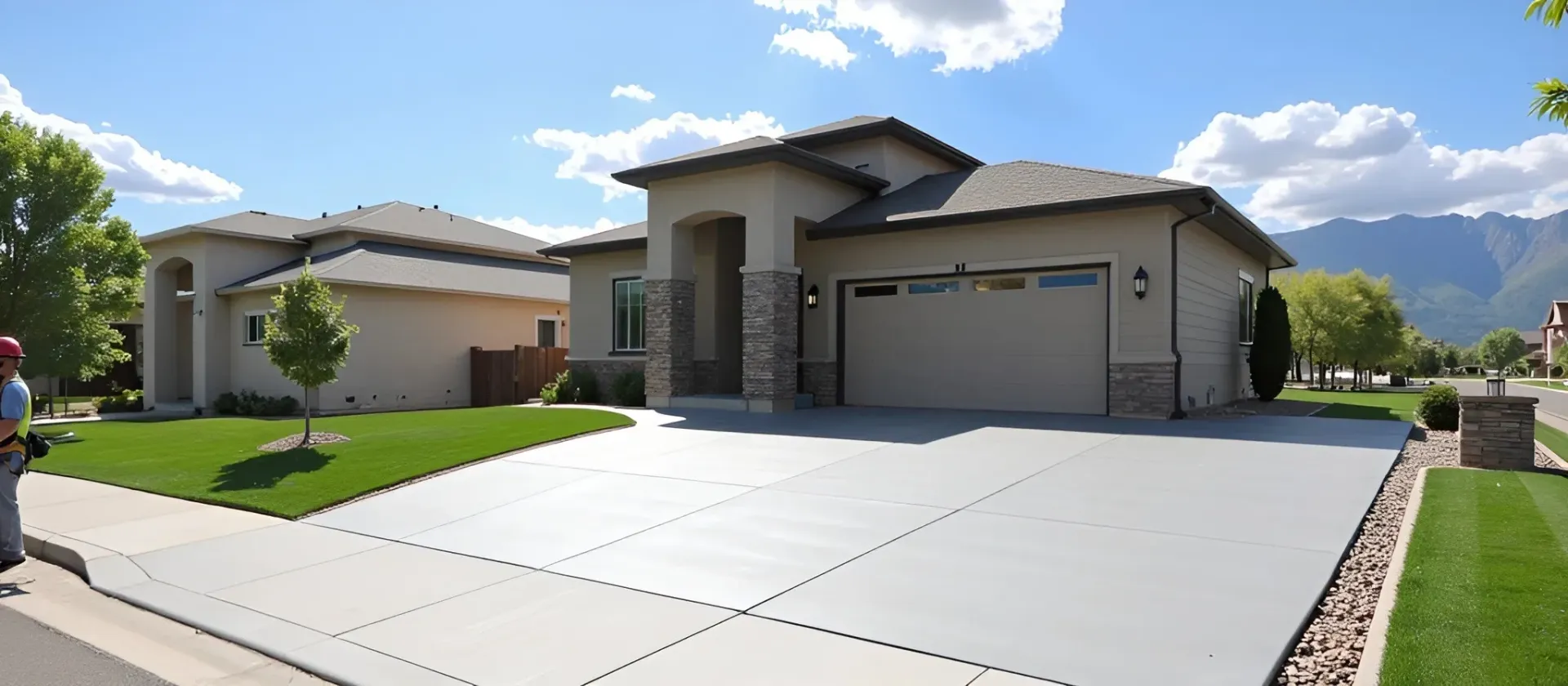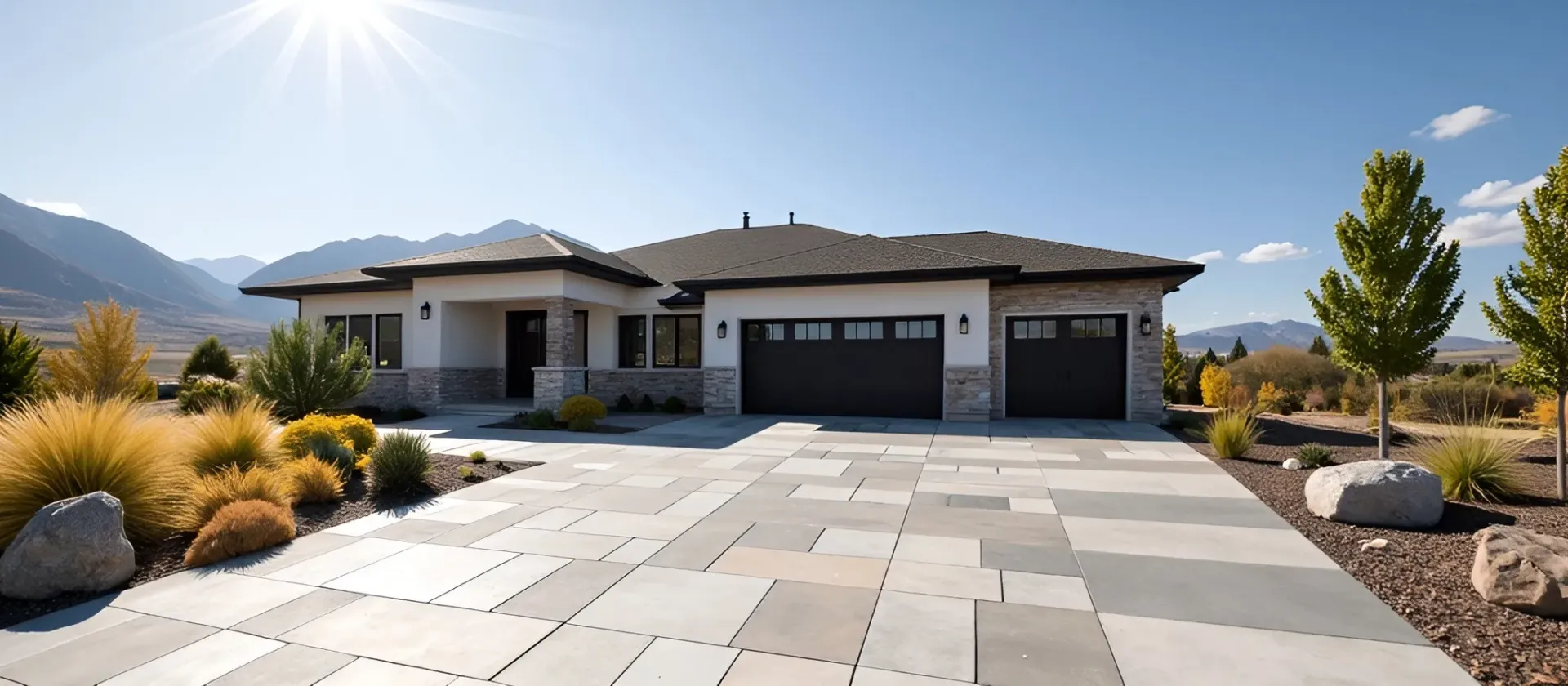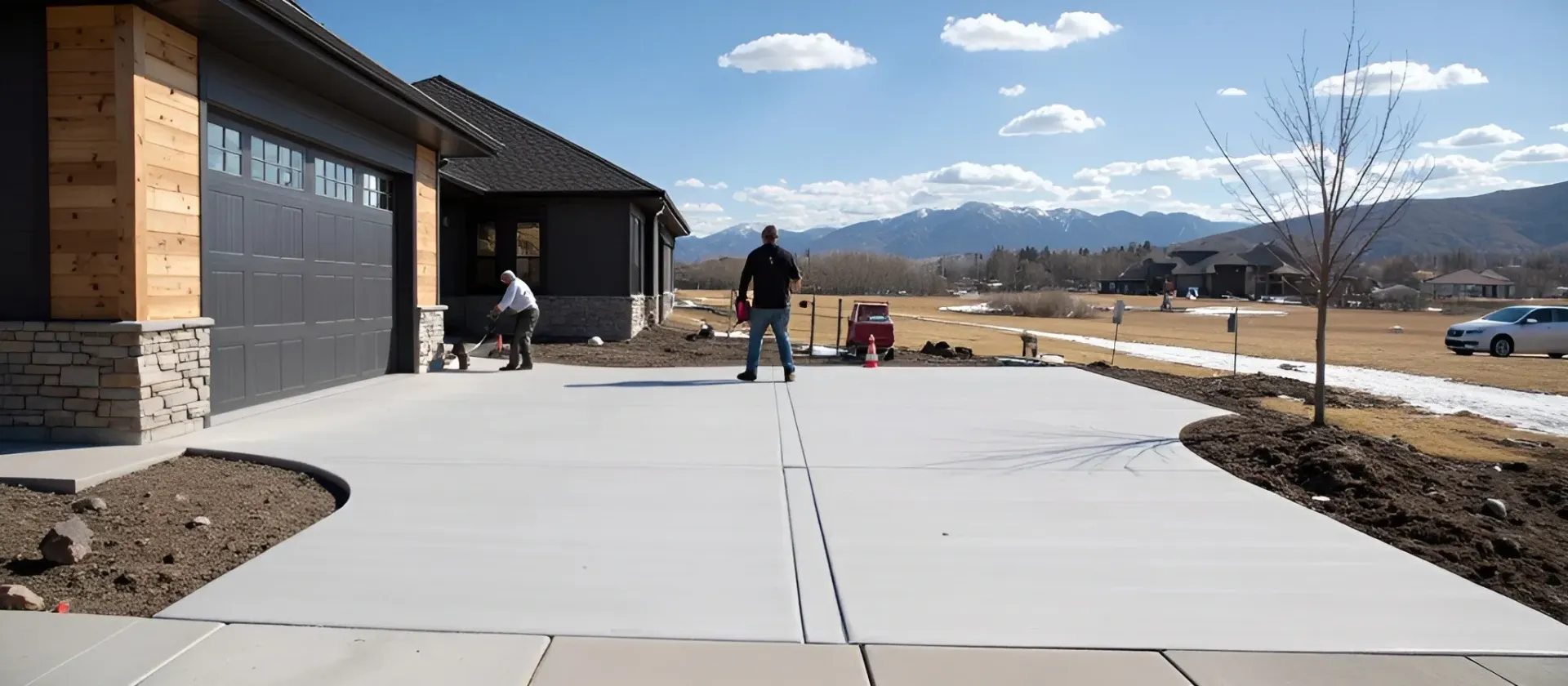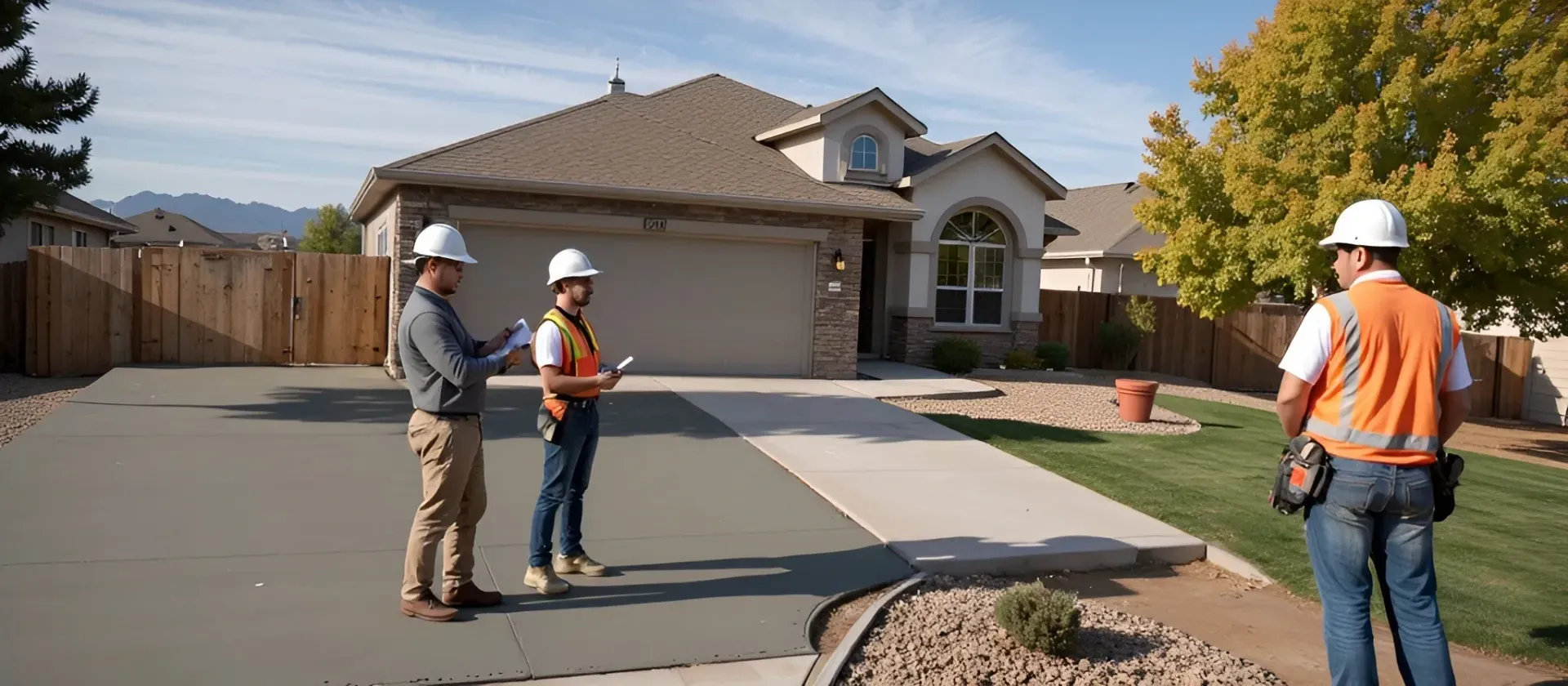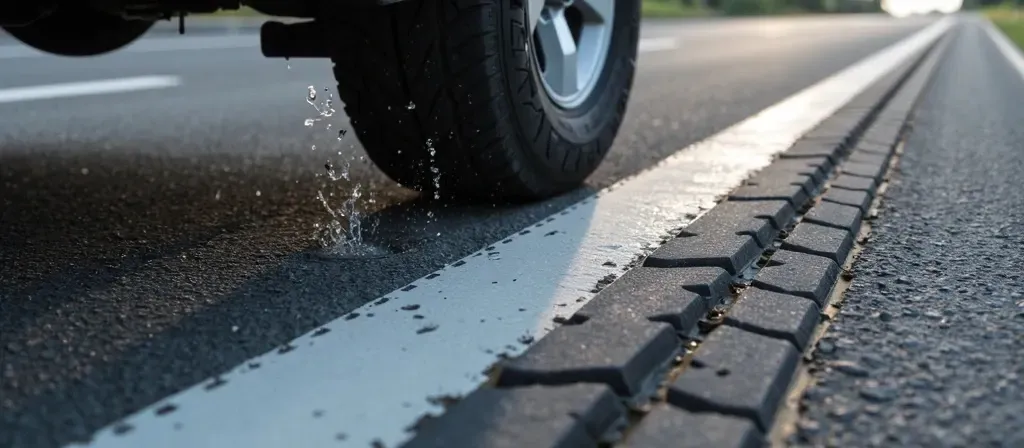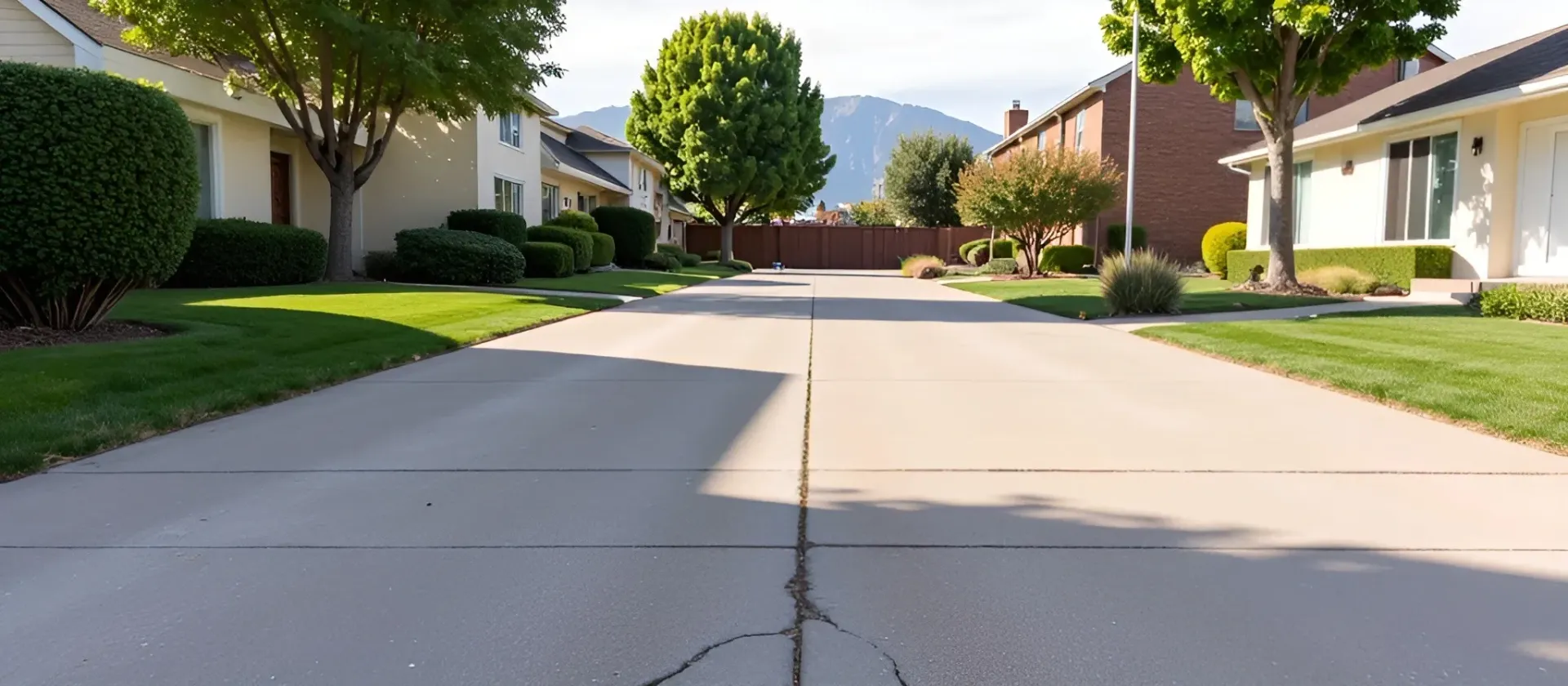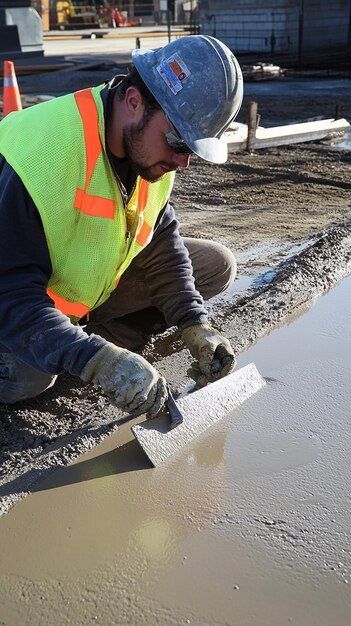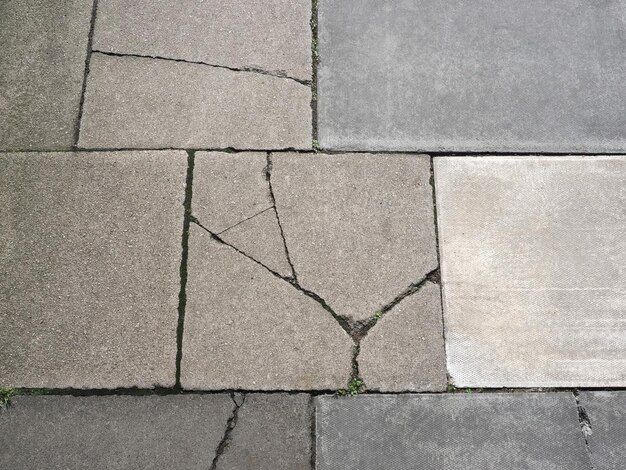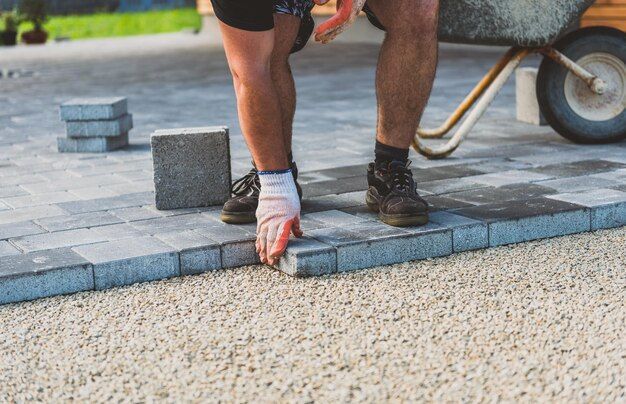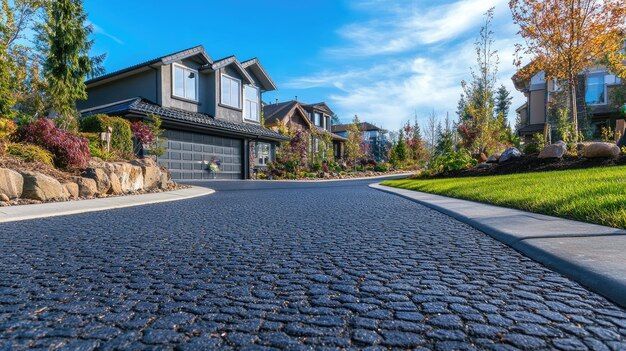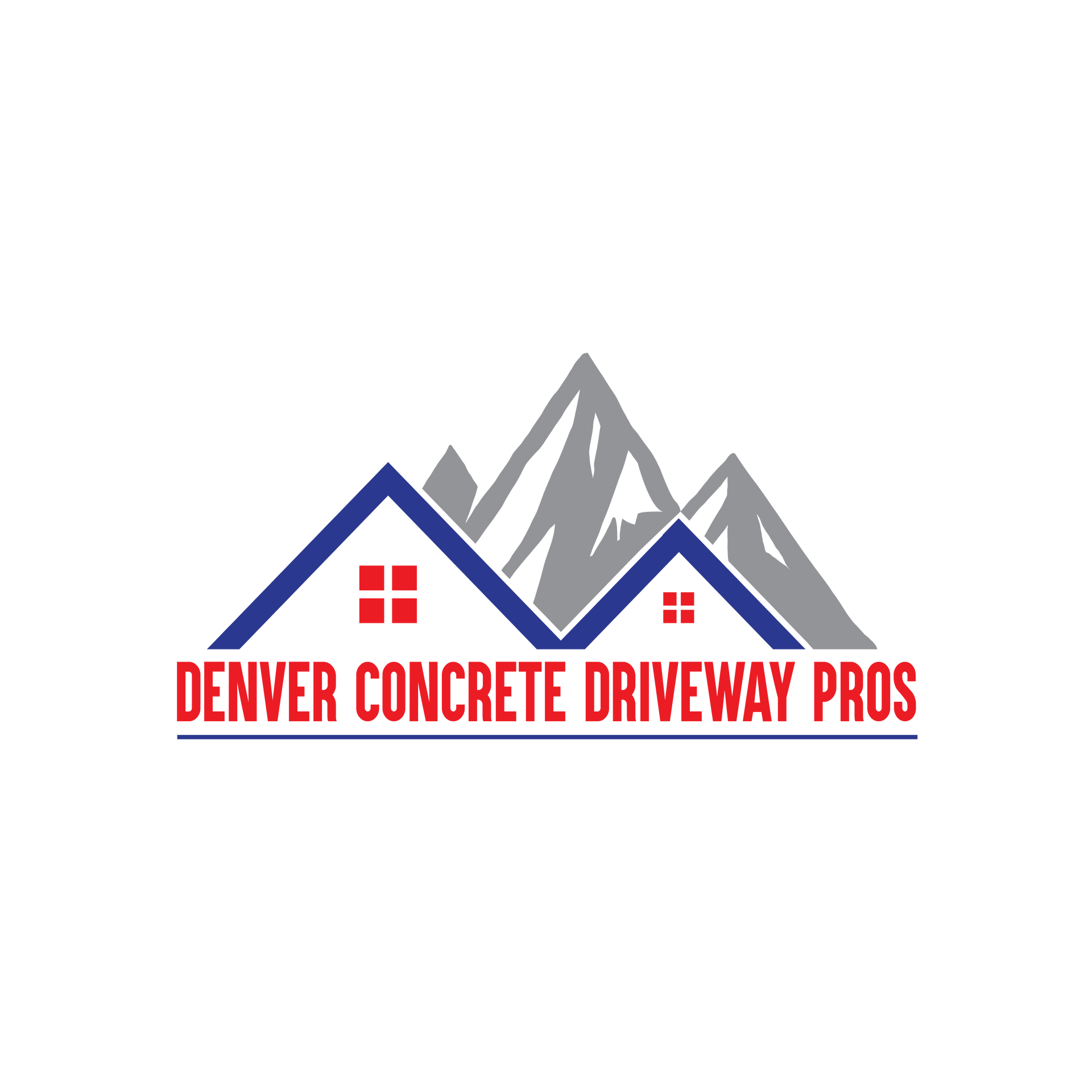Why Professionals Favor Fiber-Reinforced Concrete
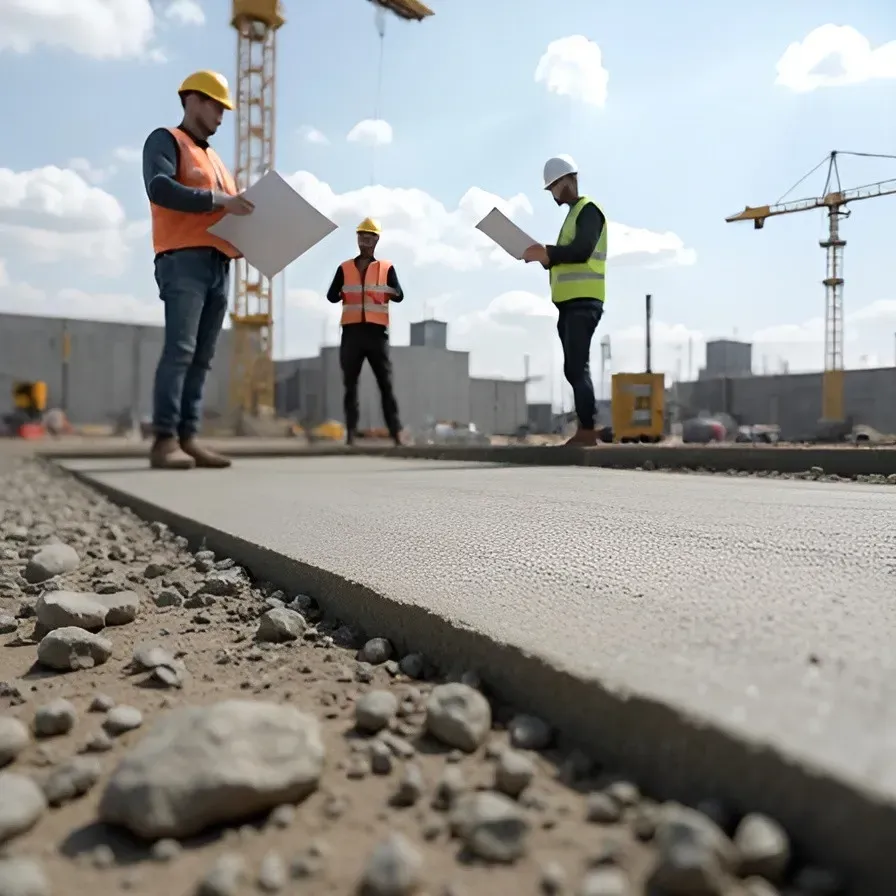
Step onto a construction site. And you’ll hear it—fiber reinforced concrete. Why the buzz? Because this isn’t regular concrete.
It’s concrete. But stronger. Smarter. And more durable. Engineers, architects, and contractors are moving away from traditional methods. They’re embracing this material.
Let’s explore why fiber reinforced concrete is taking over construction projects worldwide.
What Is Fiber Reinforced Concrete, Anyway?
Fiber reinforced concrete (FRC) is regular concrete with a twist. It doesn’t just rely on steel rebar. Or wire mesh for strength. Instead, it uses fibers mixed directly into the concrete. These tiny reinforcements add durability and flexibility.
Imagine it like a smoothie. But instead of fruits and veggies, it’s concrete with super-strong fibers. The fibers can be steel. Polypropylene. Glass. Or even natural ones like coconut or jute.
They make the concrete tougher, longer-lasting, and better at handling stress. Just like spinach boosts a smoothie’s health benefits.
💡 If you want to learn about other cutting-edge innovations, check out our guide to Expert Insights on Using Geopolymer Concrete for Driveways.
The Durability Factor
Fiber reinforced concrete isn’t just for looks. It’s built to perform. It handles heavy loads with ease. In tough conditions, it outlasts traditional concrete. Its strength and durability is redefined.
Those fibers stop tiny cracks from growing into big problems. Instead of breaking under pressure, the fibers absorb stress and hold everything together.
💡 If you’re curious about how concrete can crack and how FRC helps, take a look at Types of Cracks in Concrete Driveways: Insights from Denver Concrete Driveway Pros.
This makes it perfect for big projects. Like industrial floors, bridges, and parking lots. Places where strength isn’t optional.
No Steel? No Problem!
The coolest thing about fiber reinforced concrete? It can reduce or even replace traditional steel reinforcement. Why is that a big deal?
For starters, you skip the tedious inspections. With no need to check the placement of steel rebar, municipalities don’t require extensive checks. The fiber is already mixed into the concrete before it arrives on-site. That means ready-mix trucks can pour the concrete quickly, saving time and money.
Plus, less steel means fewer worries about rust and corrosion over time. It’s like skipping the line at your favorite coffee shop. You still get what you need. But faster and with less hassle.
Better Than Welded Wire Reinforcement
Let’s talk about another game-changing benefit: cost-effective alternatives. FRC can replace welded wire reinforcement and small-diameter steel bars in projects where shrinkage and temperature changes are a concern.
Imagine building a massive parking lot or warehouse floor. Traditional methods might require tons of steel mesh or bars to prevent cracks. But with fiber reinforced concrete, those tiny fibers do the heavy lifting. They prevent cracks. Plus, they keep the concrete stable as it expands or contracts. It’s cheaper. Easier. And just as effective.
Impact and Abrasion Resistance Like a Champ
Heavy traffic and rough conditions are no match for fiber reinforced concrete. It also handles wear and tear like it’s not a big deal.
Forklifts in warehouses? No problem. Trucks on busy roads? It can take it. The fibers absorb impacts and prevent surface damage. No cracks or chunks breaking off under pressure.
That’s why it’s perfect for roads, airport runways, and industrial floors. It’s tough and reliable. Plus, it is made to last.
Saves Money in the Long Run
Let’s be honest! Everyone loves saving money. Fiber reinforced concrete might cost more upfront. But it’s an investment that pays off. Why?
Durability means fewer repairs. You don’t have to worry about cracks. Corrosion. Or structural failures.
Plus, the reduced need for steel? It saves on material and labor costs. Ready-mix trucks deliver the fiber-reinforced mix straight to the site. So the construction crews can work faster. This saves time and money.
💡 Want more money-saving ideas? Read
Saving Tips: Understanding the Costs of Concrete Driveway Construction in Denver to get ahead on your next project.
Versatility: It Works Everywhere
One of the reasons professionals love fiber reinforced concrete is its versatility. It’s a superstar in so many projects:
- Industrial floors: Handles heavy loads with ease.
- Tunnels: Resists cracks in underground environments.
- Bridges: Withstands constant stress from traffic and weather.
- Shotcrete: Perfect for spraying concrete onto curved surfaces.
From residential driveways to massive infrastructure projects, FRC gets the job done. No wonder it’s becoming the go-to material for modern construction.
Sustainability: A Greener Option
In today’s world, sustainability is a big deal. And fiber reinforced concrete is stepping up. Many manufacturers are using recycled fibers. Like repurposed steel or plastic. This makes the material more eco-friendly.
Plus, it reduces the need for traditional steel reinforcements. That lowers the carbon footprint of construction projects. It’s a small step toward greener building practices. And every bit helps.
The Future Is Bright for Fiber Reinforced Concrete
Innovation doesn’t stop here. The future of fiber reinforced concrete? It is all about getting smarter and stronger. Researchers are exploring new fiber materials. Like nanofibers. So they can make FRC even tougher and more versatile.
Imagine concrete that can monitor its own condition. Yes, thanks to embedded sensors. That’s the kind of innovation we’re heading toward.
Why Professionals Can’t Get Enough
Professionals in Denver, CO favor fiber-reinforced concrete for so many reasons. It’s stronger. More durable. And easier to work with than traditional concrete. It saves time and cuts costs. Moreover, it performs well in even the toughest conditions.
Are you building a skyscraper? A highway? Or a backyard patio? FRC is the material that gets it done. It’s not just the concrete of today. It’s the concrete of the future.
